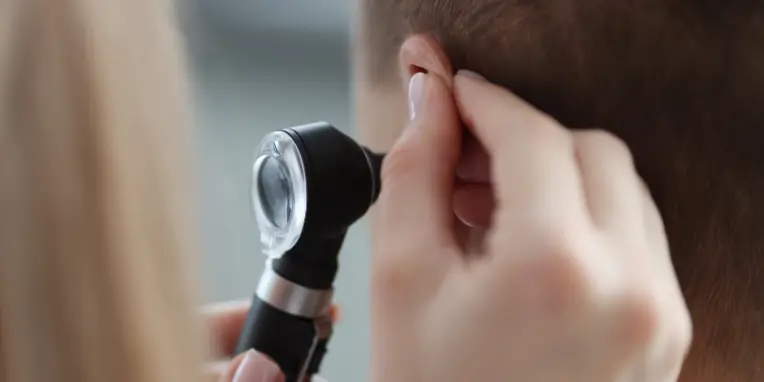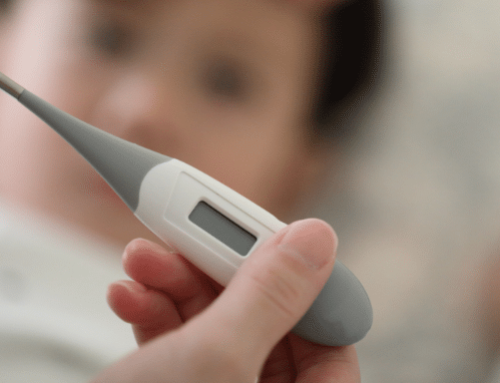
You notice your little one tugging on their ear. Or maybe you’re the one with ear pain, pressure, or muffled hearing. Everyone experiences ear infections at some point. The good news is that they often clear up on their own in a few days – even without antibiotics.
If you or your child gets a mild ear infection, here are some ways to treat it at home.
Over-the-counter pain relievers
Pain relievers like acetaminophen (Tylenol) and ibuprofen (Advil or Motrin) are often enough to manage the pain and fever that can come with ear infections. However, it’s important to note that not all over-the-counter medications are safe for children, especially babies. Be sure to use the appropriate dosage for their age.
Warm compress
Heat can help reduce the pain and throbbing of an earache. Soak a washcloth in warm water, wring out the excess water, and hold it against the infected ear for up to 20 minutes. If the warm compress helps ease the pain, you can reapply it throughout the day.
Rest
Did you know that rest and sleep strengthens your immune system and helps your body fight off infections? However, it’s best not to sleep on your infected ear. So, sleep on your back with a few extra pillows tucked under your head – or on your other side with your head elevated so the infection can drain. If you have an outer ear infection, keep hair and blankets away from your ear. The airflow keeps your ear dry and allows it to heal faster.
Saltwater gargle
Saltwater is an effective way to reduce inflammation. So, if your ear infection is related to a swollen throat, a saltwater gargle can help reduce your symptoms. Add one teaspoon of salt to one cup of warm water and gargle until the cup is empty.
Ear drops
If you or your child has an outer ear infection, also known as swimmer’s ear, fluid-drying eardrops can help when used correctly. However, they are not appropriate for anyone who has ear tubes. Eardrops also shouldn’t be used if fluid drains from the ear or the eardrum has ruptured. Check with your doctor before using eardrops to make sure they’re safe.
Hydrogen peroxide
Hydrogen peroxide may also help with an earache. Tilt your head so your affected ear is up, then place a few drops of hydrogen peroxide inside. You’ll feel and hear a bubbling sensation. After a few minutes, tilt your head over a sink to let the fluid drain out. It’s important not to use too much hydrogen peroxide – and don’t repeat the procedure too often as it can cause inflammation or irritation.
Avoid using Q-tips
You should never put a Q-tip in your ear canal – especially when you have an ear infection. While this seems like a good way to clean things out, Q-tips can push infected fluid farther into your ear, making the infection worse.
When should I see a healthcare provider?
If the ear infection symptoms worsen or don’t improve within two to three days, it’s time to see a healthcare provider. Other signs that you need to see a doctor include:
- Fluid draining from the ear
- Fever that’s over 102 degrees Fahrenheit
- Changes or loss of hearing
- Frequent or recurrent ear infections
Good Life Family Medicine – Caring for Your Whole Family’s Health
No one wants to suffer from ear infection pain any longer than they have to. If you’re not getting better after trying these home remedies for a few days, contact Good Life Family Medicine in College Station, Texas. You can book an appointment online or call us today.
Learn More: Meet Our Provider – Justin Hancock




